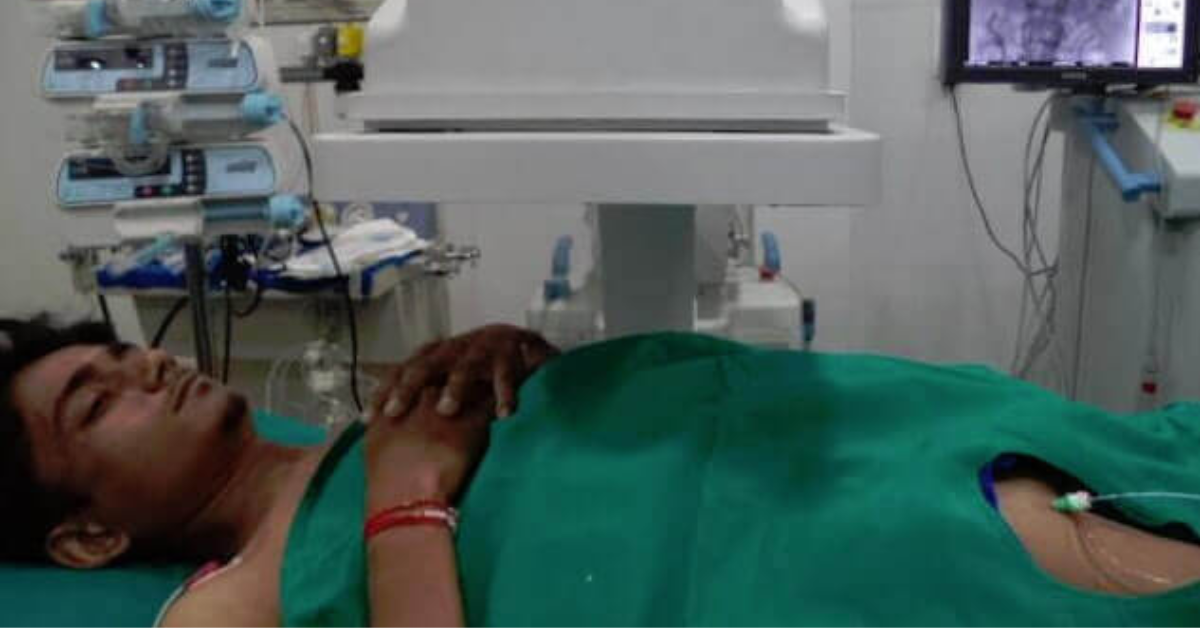Muscular Dystrophy Stem Cell Therapy in India: Patient-Centric Approaches
Muscular Dystrophy is a group of genetic disorders characterized by progressive muscle degeneration and weakness. These conditions affect both children and adults, often leading to severe physical disability. While conventional treatments focus on managing symptoms, recent advances in regenerative medicine offer a more hopeful outlook. Among these innovations, Muscular Dystrophy Stem Cell Therapy in India is gaining attention for its patient-centric approach, combining medical science with individualized care.
Understanding Muscular Dystrophy and Its Impact
Muscular Dystrophy (MD) encompasses various forms, including Duchenne Muscular Dystrophy (DMD), Becker Muscular Dystrophy (BMD), Myotonic Dystrophy, and others. All types share a common feature: progressive muscle wasting. As the disease advances, patients may struggle with walking, breathing, and other basic functions, eventually becoming wheelchair-bound or reliant on full-time assistance.
In India, the prevalence of Muscular Dystrophy has been rising, creating a demand for advanced treatment options. Families often face emotional and financial strain, as traditional therapies like physiotherapy, steroids, and surgery provide only temporary relief. This gap in effective long-term solutions has turned the spotlight on Muscular Dystrophy Stem Cell Therapy in India.
What Is Stem Cell Therapy?
Stem cell therapy involves the use of undifferentiated cells capable of transforming into specialized cells. In the context of Muscular Dystrophy, these stem cells can potentially repair or replace damaged muscle fibers. The goal is to improve muscle function and halt the progression of the disease.
Mesenchymal stem cells (MSCs), derived from sources such as bone marrow or umbilical cord tissue, are most commonly used in these therapies. They possess anti-inflammatory, immunomodulatory, and regenerative properties, making them ideal for treating degenerative muscle conditions.
The Rise of Muscular Dystrophy Stem Cell Therapy in India
India has emerged as a leading destination for stem cell research and clinical applications. Advanced hospitals and research institutes offer Muscular Dystrophy Stem Cell Therapy in India with a focus on affordability, accessibility, and quality care. The country’s favorable regulatory framework, coupled with a pool of highly skilled medical professionals, has contributed to this growth.
Moreover, the Indian healthcare system is increasingly adopting patient-centric models. Instead of applying a one-size-fits-all protocol, treatment plans are tailored to suit the individual needs of each patient. This approach enhances outcomes and offers a more humane treatment experience.
Key Components of Patient-Centric Stem Cell Therapy
The uniqueness of Muscular Dystrophy Stem Cell Therapy in India lies in its holistic and customized treatment plans. Below are the main elements that define its patient-centric approach:
1. Personalized Treatment Protocols
Each patient is evaluated thoroughly before starting therapy. Genetic testing, muscle biopsies, and other diagnostic tools help doctors understand the specific form and stage of Muscular Dystrophy. Based on these results, a personalized stem cell plan is developed, including the cell type, dosage, and method of administration.
2. Multidisciplinary Care Teams
Patients undergoing Muscular Dystrophy Stem Cell Therapy in India often receive care from a multidisciplinary team. This includes neurologists, stem cell specialists, physiotherapists, psychologists, and nutritionists. Together, they create a well-rounded plan that addresses both physical symptoms and emotional well-being.
3. Rehabilitation and Follow-Up
Rehabilitation is a crucial part of stem cell therapy. After the procedure, patients usually undergo physical therapy to regain strength and improve mobility. Regular follow-up visits are conducted to monitor improvements, adjust protocols, and offer ongoing support.
4. Family Involvement and Education
Educating families about the disease and treatment options is an essential part of the process. In India, where joint families are common, involving caregivers helps ensure better adherence to post-treatment guidelines. Many clinics offering Muscular Dystrophy Stem Cell Therapy in India also provide counseling and support services for families.
The Procedure: Step-by-Step Overview
-
Initial Consultation: Includes detailed assessments, medical history, and diagnostic testing.
-
Stem Cell Collection: Cells are harvested from the patient’s bone marrow or donor umbilical cord tissue.
-
Cell Processing: The harvested cells are isolated, purified, and tested in a lab for viability and safety.
-
Administration: Cells are injected intravenously, intrathecally (into the spinal fluid), or directly into muscles.
-
Rehabilitation Phase: Post-therapy physical training and supportive care continue for weeks or months.
Clinical Outcomes and Case Studies
Several patients have reported improved muscle strength, reduced fatigue, and better motor control following Muscular Dystrophy Stem Cell Therapy in India. While it is not a permanent cure, many individuals experience slower disease progression and enhanced quality of life.
Clinical trials and observational studies from reputed Indian institutes support these outcomes. For instance, children with DMD showed measurable gains in muscle function and delayed onset of severe symptoms when treated with stem cell therapy early in the disease.
Challenges and Considerations
Despite its promise, Muscular Dystrophy Stem Cell Therapy in India faces challenges:
-
Standardization: The field still lacks standardized protocols across clinics, leading to variations in outcomes.
-
Cost: Although more affordable than in Western countries, stem cell therapy is still financially out of reach for many Indians.
-
Long-Term Efficacy: Ongoing research is needed to determine how long the benefits last and whether repeated treatments are necessary.
-
Ethical Oversight: Strict regulation is essential to prevent unethical practices and ensure patient safety.
Ethical and Legal Landscape in India
India’s regulatory bodies, such as the Indian Council of Medical Research (ICMR), have issued guidelines to govern stem cell therapy. Clinics offering Muscular Dystrophy Stem Cell Therapy in India must obtain proper accreditation and follow ethical standards. These include informed consent, transparent communication, and reporting of outcomes.
Efforts are underway to create a centralized registry for stem cell therapy patients to track success rates and complications. This would improve accountability and foster scientific advancement.
The Future of Stem Cell Therapy for Muscular Dystrophy
Looking ahead, the future of Muscular Dystrophy Stem Cell Therapy in India appears promising. As technology advances, the use of genetically modified stem cells and CRISPR gene editing could further enhance results. Personalized medicine is expected to become more precise, leveraging AI tools to predict the best treatment combinations.
Collaborations between Indian and global research institutes will likely accelerate the development of safer, more effective stem cell solutions. Moreover, with growing awareness and investment in healthcare, access to these therapies may expand beyond metropolitan cities to rural areas.
Stories That Inspire
Behind the science are real people—children walking unassisted for the first time, teenagers regaining the ability to write, or adults experiencing a renewed sense of hope. These testimonials from families who have undergone Muscular Dystrophy Stem Cell Therapy in India serve as powerful reminders of the therapy’s impact.
Patient-centric care, driven by compassion and backed by innovation, continues to shape these narratives. This human touch, combined with cutting-edge research, is what makes India a beacon of hope for Muscular Dystrophy patients.
Conclusion
Muscular Dystrophy Stem Cell Therapy in India is more than just a treatment—it’s a patient-centric movement grounded in personalized care, scientific progress, and ethical responsibility. With tailored protocols, integrated rehabilitation, and multidisciplinary teams, India is setting a global example in regenerative medicine. As research deepens and access improves, stem cell therapy may redefine the future for thousands suffering from this debilitating condition.
While challenges remain, the direction is clear: patient needs come first, and every step is guided by the goal of restoring strength, dignity, and hope. For those battling Muscular Dystrophy, India’s commitment to compassionate, innovative care may truly change the course of their lives.






